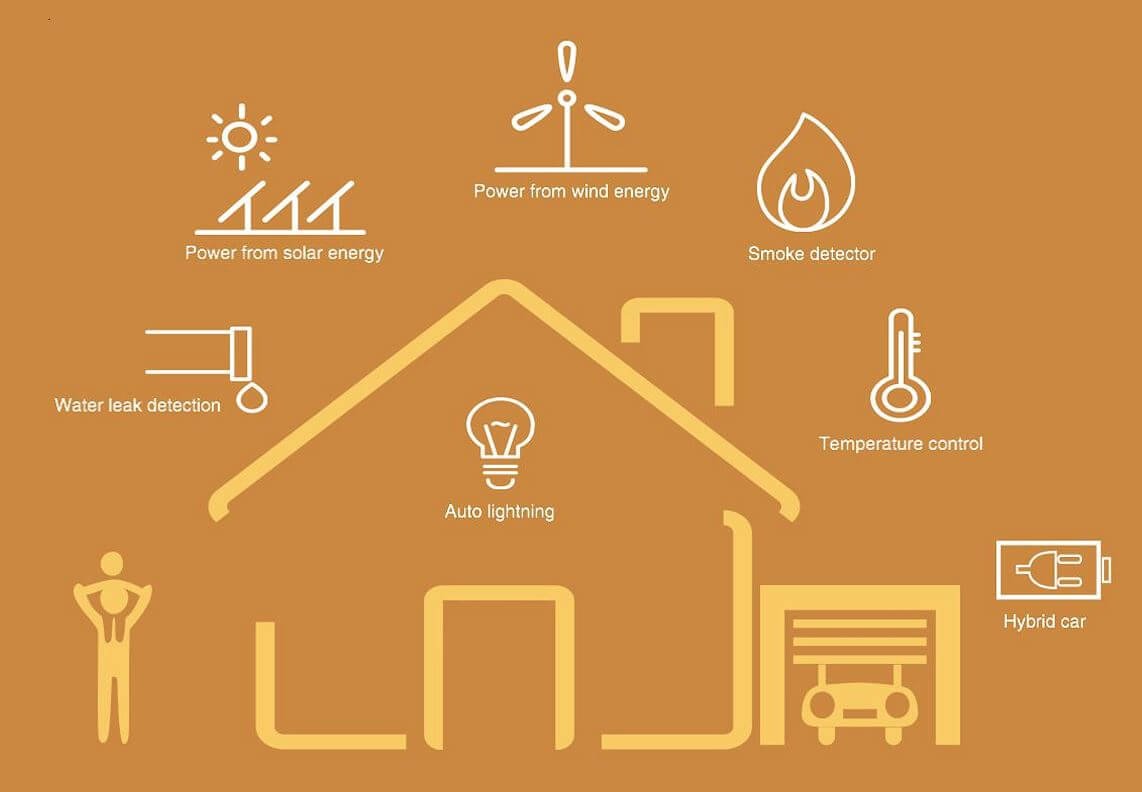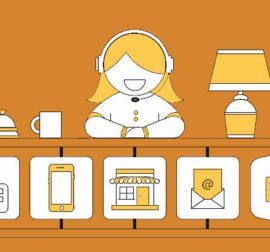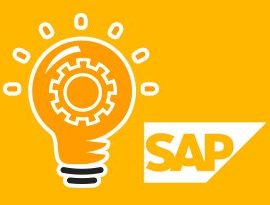 Contact us
Contact us Plug Into The Future Utilities (2 Steps to Start)
As large and as powerful as they are, utilities. Electricity, gas, and water are facing major changes to their business models. The main drivers remain regulators and revolutions in the marketplace. The advent of mobile technology allowed customers of all sizes to shift their expectations. And their actual activities in every area of their lives.
Innovate Through New Revenue Pillars
The omnichannel marketplace provides many opportunities for utilities to innovate. Leverage through new revenue pillars. They can leverage existing direct-to-consumer (D2C) relationships and monetize. Provide a broad spectrum of non-traditional products and services. These include power from solar, geothermal and wind.
Add-on services provide further monetization opportunities, such as:
- home heating control;
- wiring;
- plumbing maintenance;
- water leak detection services.
Utilities also have the capacity to launch B2C, B2B, and B2B2C storefronts. Using a single platform to ease connections and commerce.
Continuous Monetization Builds Stronger Relationships
Most utilities are already familiar with the continuous monetization model. Their services are billed monthly. This makes it easy to expand the practice of encouraging recurring, customer relationships. Helping also drive engagement through subscriptions.
The innovative twist to this is the increased capacity to leverage usage and behavior data to:
- deliver more contextual and relevant offers;
- customization of individual subscriptions;
- intelligent cross-selling;
- custom bundling of products and services;
- high-touch guided selling.
Increasing numbers of consumers are choosing more energy-efficient ways to live.
Behind these activities is the ubiquitous Web, with innovative communication tools. Ease of use, and consistent experience regardless of device.
As consumer demand starts to transform, retailers and B2B vendors must do so, too. SAP Hybris for Utility solutions is a perfect fit to meet market expectations.
How SAP Hybris for Utilities Helps
- Understand the need for business model innovation, then helps identify ideal goals and strategies;
- Build subscription models into product and service lines;
- Develop dynamic pricing models as a competitive differentiator;
- Incorporate omnichannel to enhance and personalize the customer experience;
- Engage more efficiently with the external ecosystem (customers, markets, partners, competitors, and regulators) to connect with new markets and deliver new services;
- Involve external partners (including subscribers) in the new monetization model, utilizing reciprocal selling and revenue sharing agreements;
- Analyze data to build a 360-degree, real-time, comprehensive customer view, including knowledge of current trends and demands in the customer’s area of business and the location of pain points.
The Benefits to Customers
- Lifestyle-based rates on per minute usage, with a focus on affordability and lowered cost;
- Tailored services, increased options, and improved customer service;
- Compensation for outages and other service interruptions;
- Improved omnichannel customer service, self-service, and more comprehensible usage data;
- Multimedia assistance like instructional videos on how to read a utility bill;
- Competitive, innovative, and relevant offers and upgrades.
The Benefits to Business
- Realize a recurring, predictable revenue stream through subscriptions and products made available as services;
- Deliver a heightened level of care, service, and support to high-value customers. Who is more likely to reciprocate with loyalty, communication, data, and feedback;
- Maintain relevance and appeal in the face of new competition;
- Satisfy regulatory expectations regarding costs, environmental compliance, regulatory compliance, and customer satisfaction;
- Potentially resolve CAPEX/OPEX challenges with regard to the use of cloud solutions.
Statistics
- 40% of digital energy consumers are more likely to recommend or promote their energy provider (Source: “Worldwide Internet of Things Spending by Vertical Market 2014–2018 Forecast,” IDC, June 2014);
- 44% of worldwide utility customers are “currently digitally engaged”;
- 45% of U.S. customers surveyed believe the digital experience with their energy providers is more difficult than with other types of providers (Source: Tim Porter. Gaining customers’ “digital trust” is key for utilities seeking to unleash value. Intelligent Utility, October 2015);
- 40% of the nearly 10 million thermostats sold in the U.S. in 2015 are intelligent (Nest-type. This is expected to increase to over 50% of the total market by 2017 (Source: Parks Associates, Winning Smart Home Strategies for Energy Management, quoted in cleantechnica.ca);
- 2018 – the year that Deutsche Bank predicts grid parity in all 50 U.S. states.
Discover more information about this innovative SAP Hybris for utility solution.
Experts Will Advise You
Anodius is an official certified partner of the SAP Hybris. We have a team of professionals ready to advise you with the design, implementation and training of the users of SAP Hybris solution.
Tomáš Jančík, Partner – Consulting Services


![social_engagement_anodius[1]](https://www.anodius.com/wp-content/uploads/2022/05/social_engagement_anodius1-270x252.png)